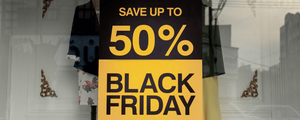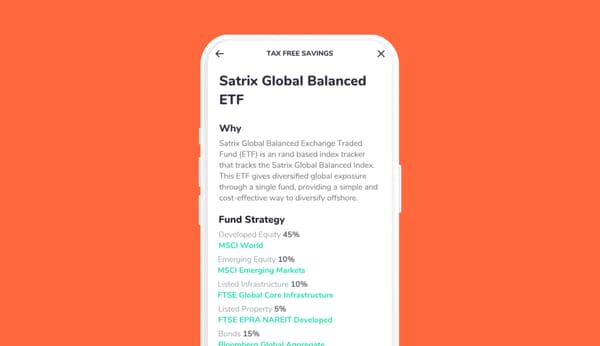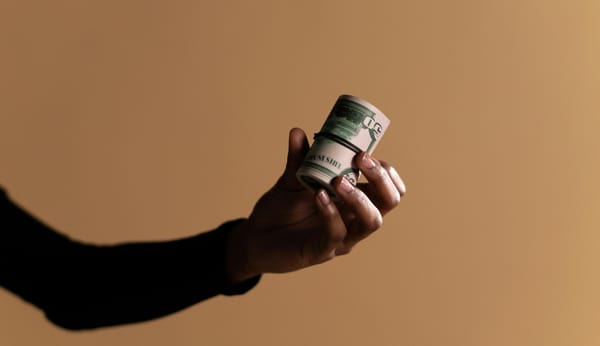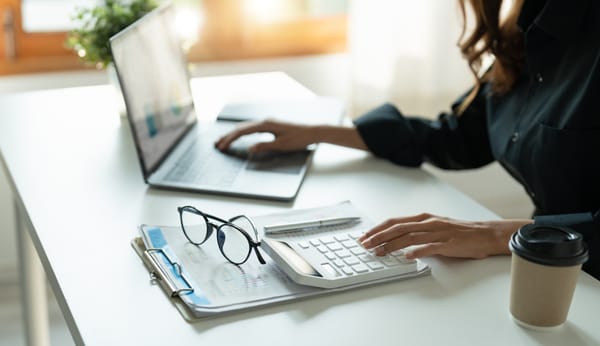The emergency fund, it’s mentioned in every article for new investors. Trust me, I read them all when I started working for Franc. Most of these articles will mention the emergency fund as a second-thought, something to do before you can get to the real investing. This often results in the emergency fund being relegated to one or two sentences of an article. However, an emergency fund is a safety net and a base for your investment strategy therefore it deserves to be the star of the show. That is why I decided to put together this guide on how to build a solid emergency fund. If you have one already #overachiever you can still skim this article to see if there’s anything you missed in your initial setup.
1. Determine How Much To Save
This is not a one-size-fits all situation everyone needs to decide how big their emergency fund will be based on their own circumstances. What is true for everyone is that it should be a multiple of your monthly expenses. That means you can start by calculating what your monthly expenses are. Essentials like rent and food should be on there but you can probably leave the jol category out.
Once you’ve determined this it’s time to decide your multiplier. Usually, it’s suggested that you have enough saved to cover between 3 and 6 months of expenses, but if you think it makes sense for you to have more, then do that. There are some general things people who only have 3 months worth of savings have in common. They have a stable job, a reliable source of income, no children or any other dependents. Similarly those who have a higher multiplier may be self-employed, have a seasonal job or have several people who are financially dependent on them.
All that’s left to do in this step is multiply your monthly expenses by your multiplier and voila you have your target. Don’t be put off if the number seems very big, remember you will be saving up to it gradually.
2. Where To Keep Your Emergency Fund
Transferring the money out of your transactional bank account as soon as you get paid will stop you from spending all of it before you can save or, even worst, spending it all on a fashion emergency (Country Road anyone?). There are three things your need to think about when making this decision. How much interest will you be earning, how quickly will you be able to access it and how risky is it? In order for your fund to maintain its value you’ll need to ensure you’re keeping it in an account that has an interest rate that at least matches inflation. But that doesn’t mean you can just choose the account with the highest interest. You’ll also need to be able to access it relatively quickly; emergencies usually won’t wait for your 32-day deposit account to payout. You also wouldn’t want to risk your emergency fund in some risky investments and have the markets on a downturn when you need it. High-interest rates, easy access and low risk can be difficult to find - luckily Franc makes it easy 😉.
3.When To Use The Emergency Fund
Once you’ve hit your target amount and stashed it all away it’s best just to forget about all of that money. Not easy I know, but the truth is this is money you don’t really want to spend because it means something has gone really wrong. The money in this fund should only be used when an unexpected need pops up, and I mean need in the traditional sense. Like how we need food to survive not how much you need those Airpods. Some examples of when to use your emergency fund include emergency medical expenses, unexpected home repairs, major car repairs or a job loss or salary cut.
Now that you have a solid place to start, it’s up to you to sit down and start calculating. Go forth and conquer.







![How & Why You Should Do a Financial Reset [+ downloadable financial reset journal]](/blog/content/images/size/w600/2024/12/Setting-goals-for-the-year.png)


